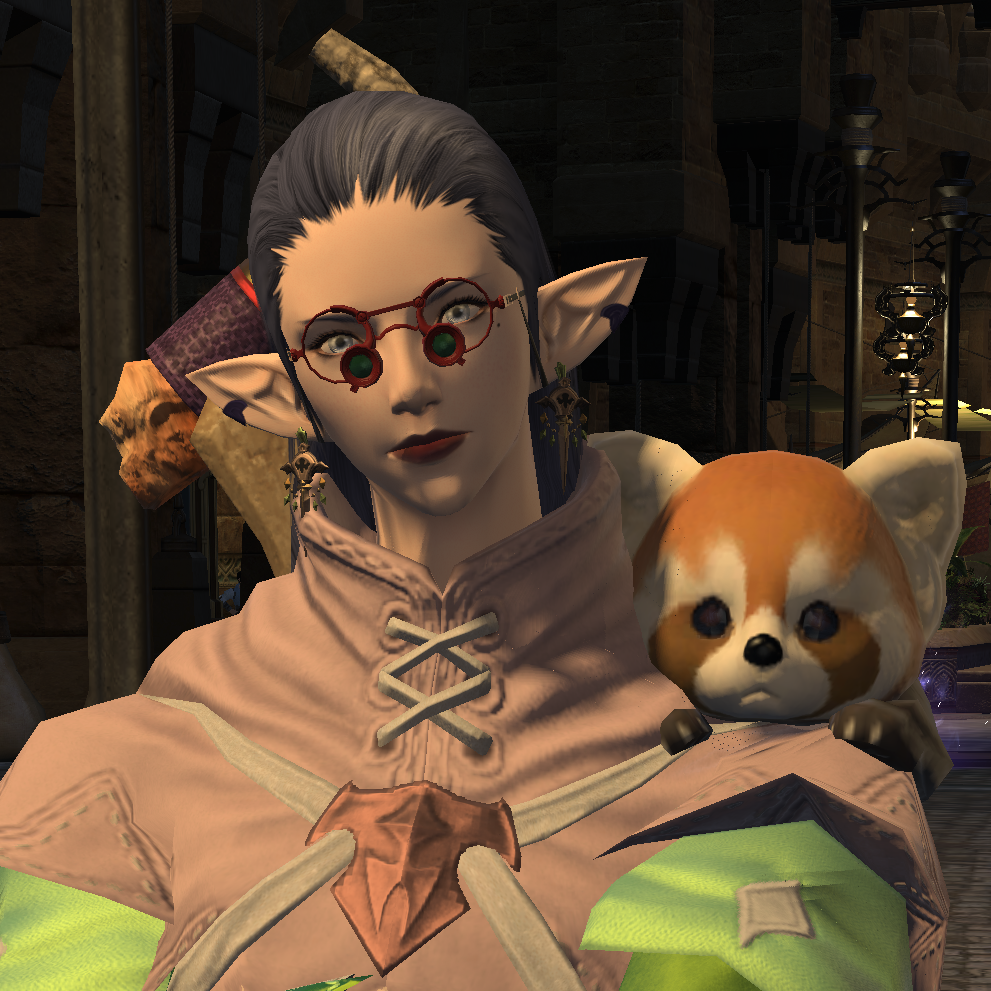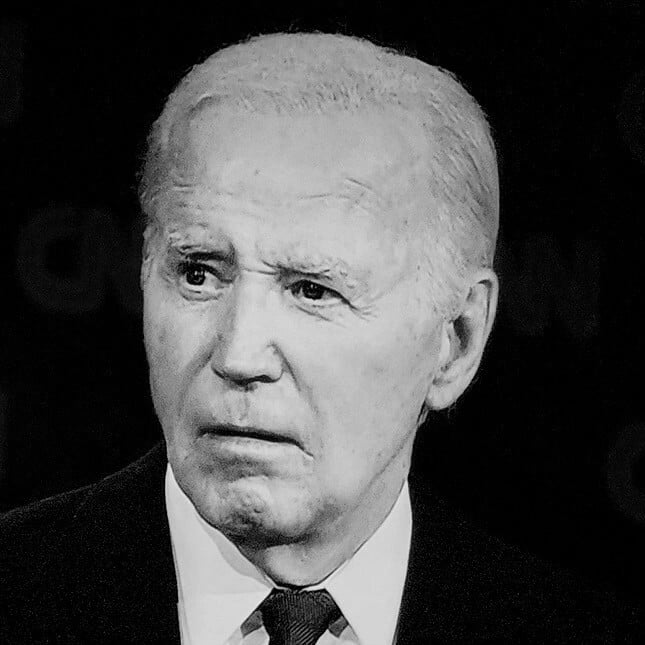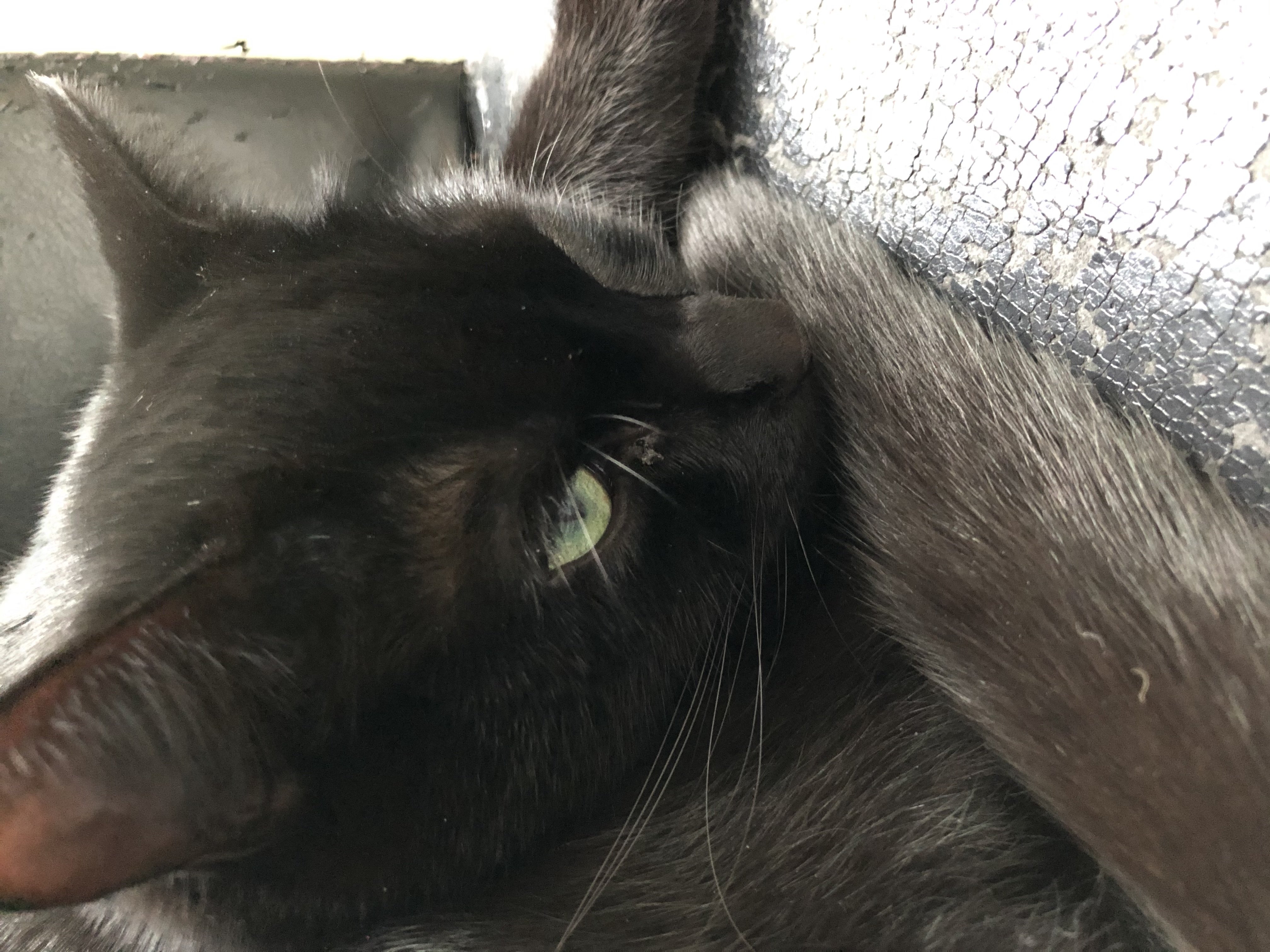Why YSK: Online platforms, particularly some very prominent offenders, may artificially spike prices before creating “discounts”. Whether this is intentional or the result of third party sellers fighting amongst themselves, I cannot say. Either way, don’t blindly purchase something because of a deal (camelcamelcamel is great to see price history if you just care about Amazon). Besides, if your sole motivation to purchase something is based on a discount, you might be better off cutting consumption instead.
Source: I run fetchnotifs. While checking the logs this morning, I was scared to death I deployed a bug to production—Nope, it’s just that day of the year.
IIRC in Poland all stores have to show the price from month ago to prevent this kind of abuse.
It’s mandated by the EU: https://eur-lex.europa.eu/legal-content/EN/TXT/?uri=CELEX:52021XC1229(06) (see point 6a).
There is a small, but growing, number of retailers that have decided to apply this worldwide. Perhaps GOG is the most noteworthy. Look at anything that’s discounted there and you’ll see their “usual” price, as well as the lowest price they sold it for in the last 30 days before the current discount started. It’s a good rule, makes me more inclined to feel I’m actually getting a good deal, wish more places would do it
Isn’t GOG based in Poland?
Yep, they’re from CDPR, based in Warsaw
Yes. And that’s why they implemented it.
I think it’s similar in Germany. At the very least, it’s illegal to falsely claim price reduction by raising prices beforehand (I think they still do it, but over longer periods).
Actually, you don’t even need to change the price to get customers to buy something “on sale”. The supermarket I’ve worked in for a couple of years regularily advertised a certain brand of soft ice cream this way (not going to say any names here). “Only 2,99€ this week” (without comparing that price to anything in particular) and people bought that stuff en masse, even tho that was the exact same price as the week before, and the same price again after the “sale”. The only thing that changed during the “sale” week was the color of the price tag.
Laws regarding these types of advertising only work if customers actually compare prices, and most just don’t do that.
Yeah, I’ve noticed such offers as well. Idk, is it just me or does it feel quite close to Täuschung?
It is definitely shady, but allegedly legal as long as you don’t claim that the former price was higher. The advertisement itself “just” states what the current price is, which is not a lie.
Still totally scummy IMHO.
Yeah it’s a new EU rule. I can’t find that info on amazon though, maybe they still have time to implement it?
Which sadly just results in them raising prices for a month before the sale
Still better, but i would honestly require all stores to show the full year’s timeline of the price right as a widget next to the pricetag online…
I’ve relied on https://isthereanydeal.com to see if sales of games are actually a deal. For electronics I’ve used https://pcpartpicker.com to see price trends. https://camelcamelcamel.com for Amazon.
And now looks you’ve brought another tool to the arsenal with https://fetchnotifs.com.
Awesome.
If you want a FOSS alternative to fetchnotifs, you can try changedetection.io :)
Amazon uses a system where they vary the price to try to see how much you’ll pay, too. Also they raise the price on things you bought before since they know you might want it again. Simply an awful system. For example, hot sauce… one time two bottles is 12, another time, 21, next time, 17. They’ve done the same thing to me on biscuit mix and bandages. One time the bandages are 7, then they’re 10, then they’re 13, then 6. I just want ONE PRICE.
I think they call this personalized dynamic pricing, and it’s used to extract the most money they can out of any one person. This shit should be illegal.
This has happened to me the last two years on Amazon with Prime Day and Cyber Monday.
I’ll have a few expensive items on my wishlist that I’m monitoring and holding out on for a sale, only to see the price go up right before the sale.
I used to spend hundreds during those sales but after getting shat on for two years I no longer participate. All their marketing hype is wasted on me because I simply don’t believe them anymore. Amazon has lost my trust.
Cutting…consumption? As a North American I feel personally attacked. Buying things is how I express my freedom.
In the Netherlands it’s now mandatory to use the lowest price of the previous 30 days as the base price. I believe that it’s based on EU legislation that will follow. I noticed yesterday that amazon.nl still ignores this and uses the “suggested retail price” instead (even if they’ve never used it).
This is not new or specific to online retailers. I worked in retail for almost a decade before gettinng out.
On most products that don’t have strict pricing guidelines from the manufacturer, prices can very wildly. Normal pricing would be a marked down price. When big sale would come, the tag price would go from the Minimum Advertised Price (MAP) up to Manufacturer Suggested Retail Price (MSRP). Those prices are set by the manufacturer. The price printed on tags is MSRP. It is full price and is usually marked up quite a lot. With high end brands, MSRP is usually a lot higher than what MAP is. With brands like The Northface it can be $100 or more.
When a retailer runs a “big sale” they often put everything back up to full MSRP then mark it back down whatever percentage off they are offering.
Sometimes I would wait for a product to go on sale so I could get my employee discount plus sale price. There were many times when a huge sale plus my discount ended up being the same price or more than what the every day price was.
It’s definitely worse this year. All I’ve bought is some filament for my 3D printers and it’s really only a few bucks off. Seen a lot of things I was waiting on go on “sale” for the original price or higher
Why are they doing this? Sure, it increase their short term profit, but this surely erode their users’ trust overtime. If they keep doing this, sooner or later people would no longer trust any kind of discount day anymore.
I work with online sales and that’s not what happens at all. Fake discounts just works, sadly, and people just won’t learn. I don’t really know why, maybe they use the “discount” as an excuse to themselves just to buy more stuff.
Totally. See JCPenny and their “sales.” The people who shop there even know they aren’t real sales they’re just addicted to getting a perceived deal.
JCPenny tried to stop doing the fake sales and just go with actual pricing and it nearly broke them so they went back to the fake sales. They were even completely honest about it, letting everyone know they are the actual prices and the sales were fake and people weren’t happy about it until they went back to the fake sales.
No one in money cares about long term anything. That’s why. They want the money now. Tomorrow is a problem for tomorrow.
How many people will even notice or read about it? It’s not that many of the customers overall.
If it’s a net gain they don’t care about dissatisfaction or some lost customers.
There were genuinely some good deals on Amazon yesterday though. I ended up buying a newer kindle for myself because it was the lowest price since last November according to camelcamelcamel.
deleted by creator
Snatched myself up a paper white Kindle thanks to your post. Thank you.
deleted by creator
I’m looking forward to it. Just having the light will be such a huge upgrade since I didn’t have it and was having to find a light source to read.
deleted by creator
Obligatory mention of https://camelcamelcamel.com/ which is a great tool to track the historical price of an Amazon listing. You can even set up alerts for when it falls to a certain price point.
100% agree, I’ll edit my post. https://keepa.com/ is also nice if you’re just looking on Amazon.
I disagree.
While I have seen prices rise right before a sale, the discounted prices are almost always slightly less than what they usually go for.(In the case of Amazon, dunno about other sites)The prices rise right before a sale. Then they drop. Maybe to “slightly less” than original. (Maybe.)
It’s still dishonest. They’re making a “slightly less” price look like “a lot less” to people who weren’t privy to the original price.

















